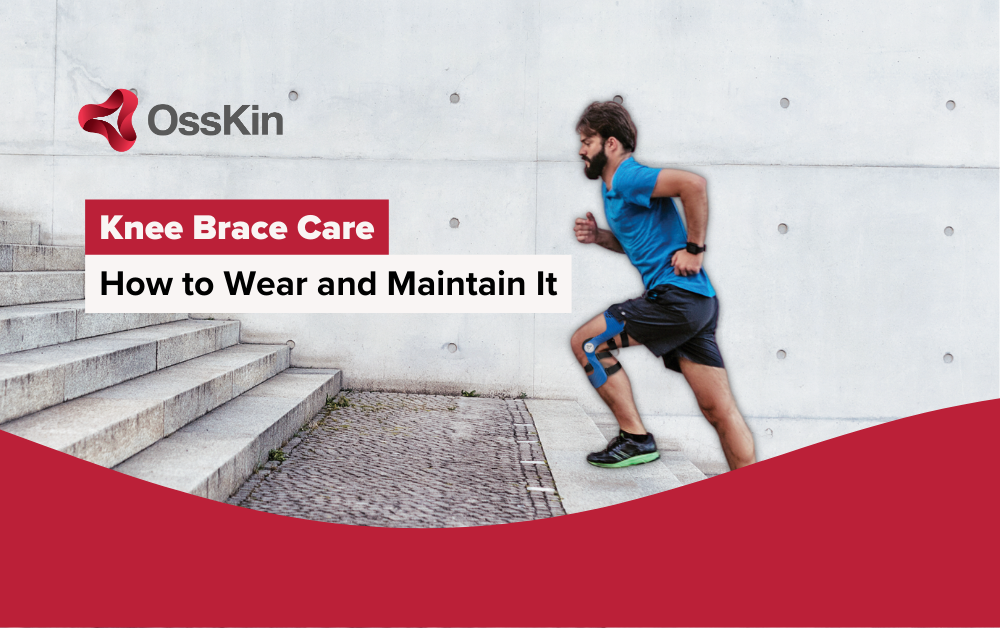
Wearing a knee brace offers numerous benefits, ranging from stabilizing the knee joint to protecting the tissues while permitting movement. In this article, we will explore the conditions in which knee braces are commonly used and provide essential tips for maintaining your brace to ensure its longevity and effectiveness.
Knee braces serve various purposes depending on the specific condition or pathology. They can be beneficial for the following conditions:
Proper maintenance of your knee brace is crucial to preserve its functionality and extend its lifespan. Here are some essential tips to follow:
If you experience any of the following issues, it is advisable to make an appointment with an orthotist:
Recent scientific advancements in orthopedics have revolutionized the design of knee braces and other orthotic devices. These advancements have led to materials that are increasingly flexible and lightweight, enhancing patient comfort and overall benefits. With advanced technology, orthotics now offer targeted clientele improved comfort, stability, reliability, and effectiveness.
One notable example is the Evoke® unloader knee brace. This innovative knee brace for osteoarthritis replicates natural knee movement and is 50% lighter than other similar braces, providing a superior user experience.
Properly wearing and maintaining your Evoke knee brace is essential for maximizing its benefits and longevity. By following the recommended maintenance practices, regularly inspecting your brace, and consulting an orthotist, when necessary, you can ensure optimal treatment outcomes and enjoy the advancements in orthotic technology available today.
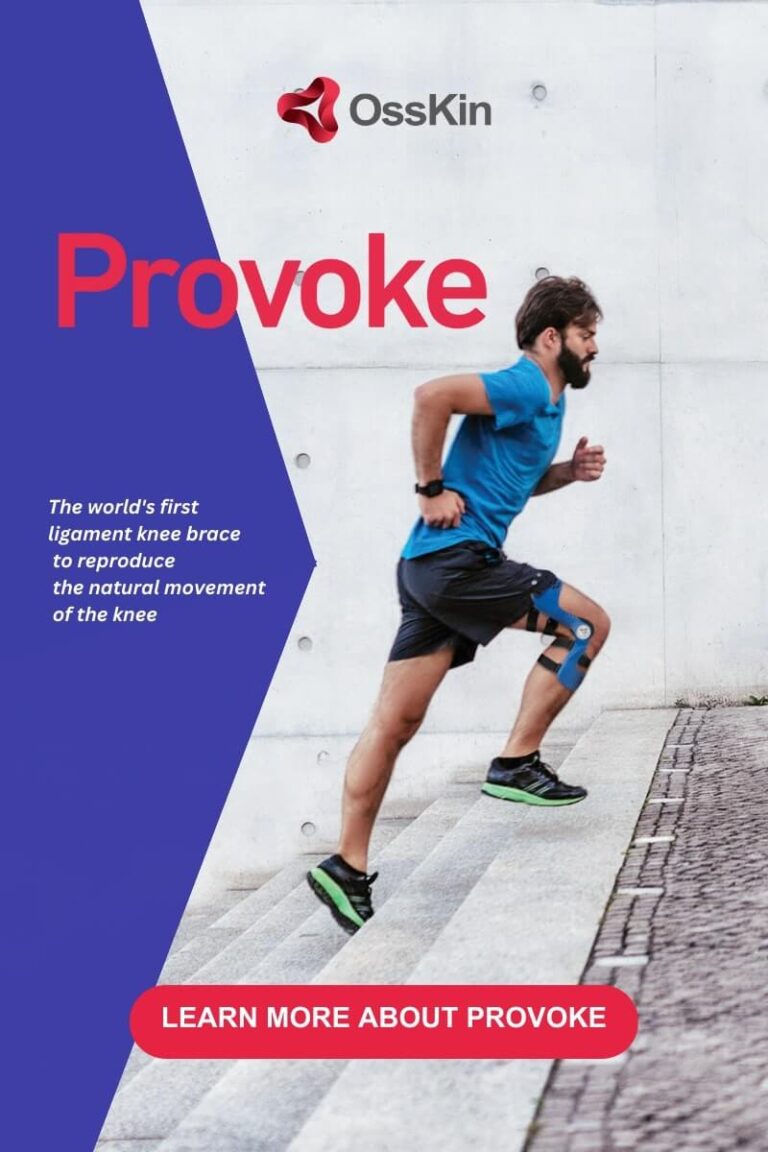
Share on
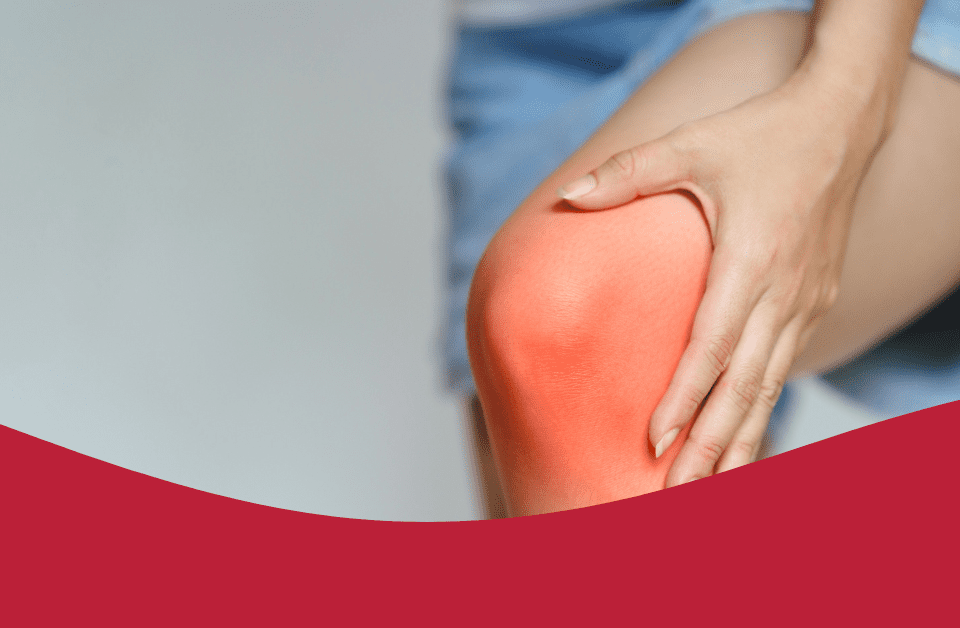
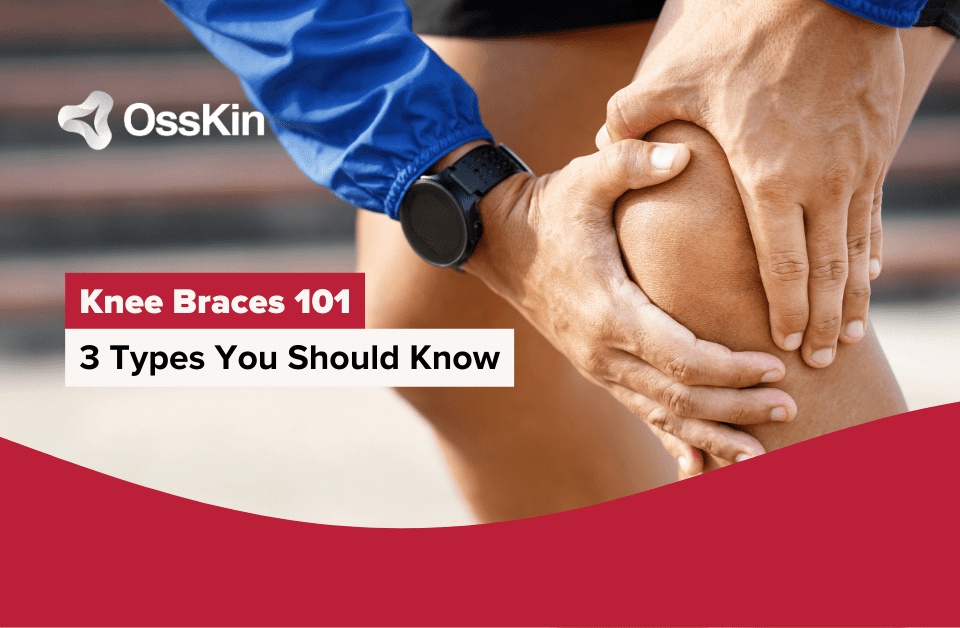
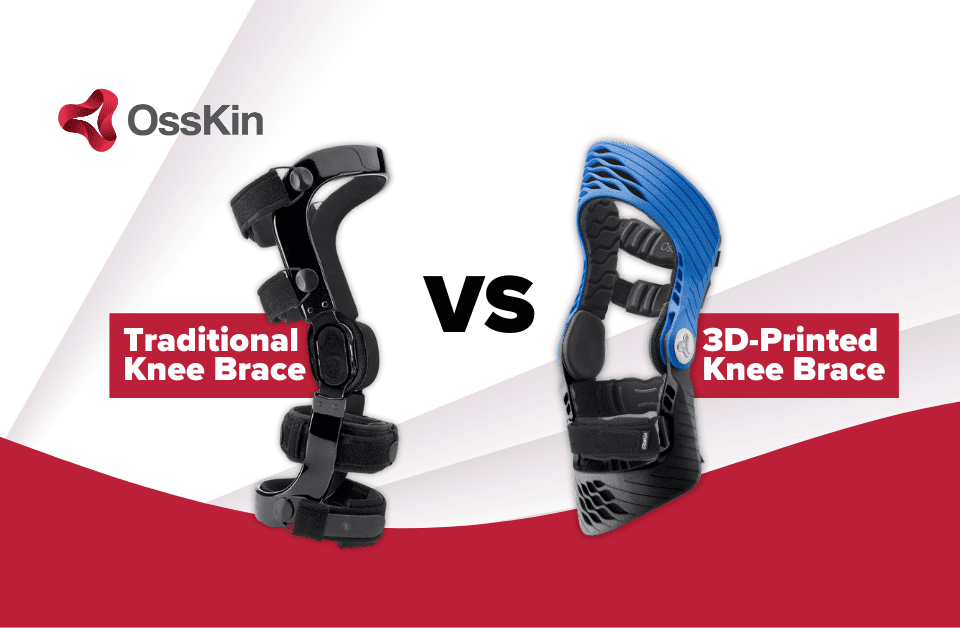
OssKin © 2024